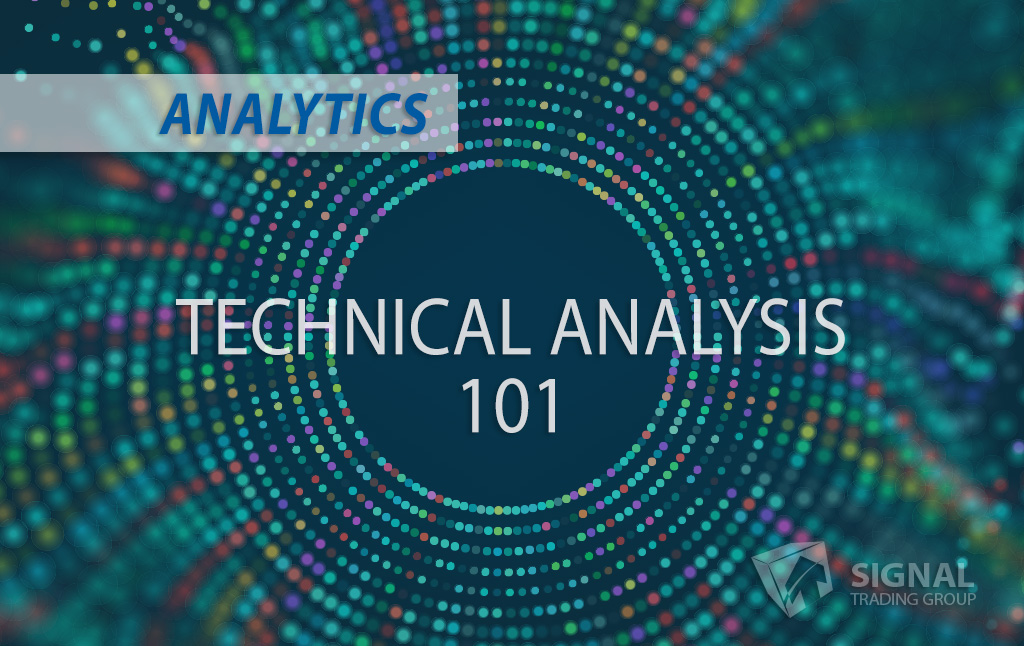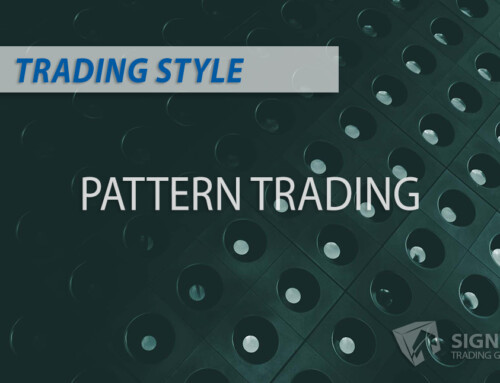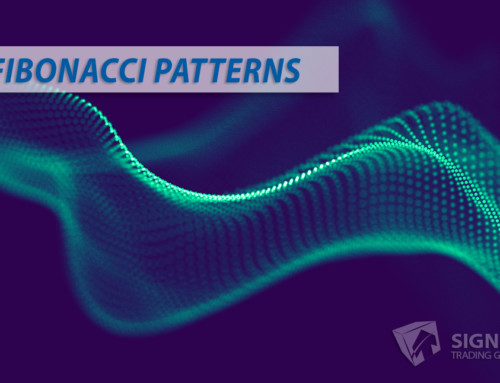The Technical Analysis 101 blog series is your guide to understanding trading concepts, price patterns, and technical indicators. Every post will focus on a specific topic to expand your knowledge and elevate your trading game.
Understanding the Hindenburg Omen
In finance, market crashes can never be predicted with absolute certainty. However, investors and traders often look for technical analysis indicators with the potential to signal upcoming downturns. The Hindenburg Omen is one such indicator that has gained prominence over the years. This comprehensive blog post will explore the Hindenburg Omen, it’s potential to predict market crashes, and its reliability in guiding investment strategies.
What is the Hindenburg Omen?
The Hindenburg Omen – named after the infamous Hindenburg airship disaster in 1937 – is a technical analysis indicator developed by Jim Miekka. It aims to predict significant market declines or crashes, warning investors to exercise caution in turbulent times.
The omen is based on the premise that when a large number of stocks are making both new 52-week highs and lows simultaneously, the market may be confused, possibly signaling a reversal from the current trend.
Meeting the Conditions for the Hindenburg Omen
Several conditions must be met to trigger a Hindenburg Omen. These include:
- NYSE Composite Index: Both the 50-day and 120-day moving averages of the New York Stock Exchange (NYSE) Composite Index should be rising.
- McClellan Oscillator: This market breadth indicator compares advancing and declining stocks. The McClellan Oscillator should have a negative value, indicating that more stocks are declining than advancing.
- New 52-Week Highs and Lows: The number of stocks making new 52-week highs should not exceed twice as many as those making new 52-week lows. And, on a given day, the number of new highs and new lows must be at least 2.5% of the total number of stocks listed on the NYSE.
Typically, multiple occurrences of these conditions within 30 days increase the likelihood of a market correction or crash.
Historic Examples and Protective Measures
One notable example of the Hindenburg Omen manifesting is the 2007 market crash when multiple instances of this signal preceded the downturn. Another instance occurred in 1999, preceding the dot-com bubble burst. Of course, the Hindenburg Omen isn’t foolproof, and not every financial turmoil can be attributed to it. Nevertheless, some measures investors can take when this indicator appears include:
- Reducing their exposure to high-risk investments
- Diversifying their portfolio with more conservative assets
- Using stop-loss orders to minimize potential losses
- Seeking advice from professional financial advisors
Criticisms and Skepticism
Despite its occasional accuracy, the Hindenburg Omen has faced criticism and skepticism as an effective market predictor. One primary concern among critics is the high frequency of false alarms associated with the omen. In addition, only some technical indicators can effectively predict significant market movements. Moreover, with changing market conditions and advancements in trading technology, critics argue that relying on the Hindenburg Omen may need to be updated or counterproductive.
Final Thoughts and Tips
The Hindenburg Omen remains an intriguing, albeit controversial, tool for traders and investors. While it has shown some correlation with market downturns, its potential as a reliable predictor is debatable. Investors looking to incorporate the Hindenburg Omen into their strategies should use it alongside other technical and fundamental analysis tools as a supplementary market indicator.




